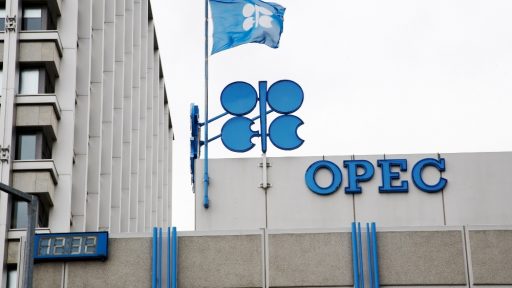OPEC production went up in August as a response to a 2018 high as Libyan output rebounded
and Iraq’s southern outlets hit a record. The cartel’s production increased despite curbed Iranian
shipments due to American sanctions which limited the increase. OPEC produced 32.79 million
barrels per day in August, up 220,000 bpd from July’s revised level and the highest this year.
OPEC and its supporters agreed to boost supply as US President Donald Trump prompted oil
producers to work towards offsetting losses brought about by the renewed sanctions on Tehran
and dumping prices, which this year hit $80 a barrel for the first time since 2014. Before the
summer, OPEC and a few non-OPEC countries, most notably Russia, agreed to return to
complete compliance with oil production cuts that started in January 2017 following a long
period of underproduction in Venezuela and other oil-producing countries.
This motivated adherence to the output freeze deal to above 160 percent at some point. Last
week, OPEC’s Joint Ministerial Committee confirmed that OPEC and its non-OPEC allies achieved
109 percent compliance in July, compared to 121 percent in June. This means that the cartel
has been boosting output to ease compliance cuts and attain 100 compliance. The next meeting
of the OPEC’s monitoring body will take place in late September in Algiers at which the
committee “will review the plan for monitoring overall market fundamentals and conformity
levels for the remainder of 2018, as well as the framework of cooperation to be established in
2019 and beyond,” OPEC said on Thursday.




